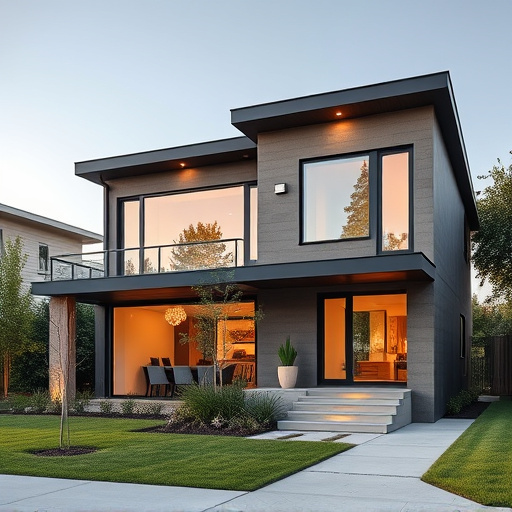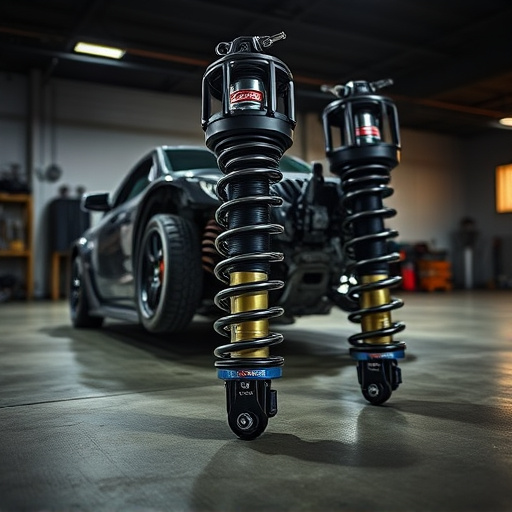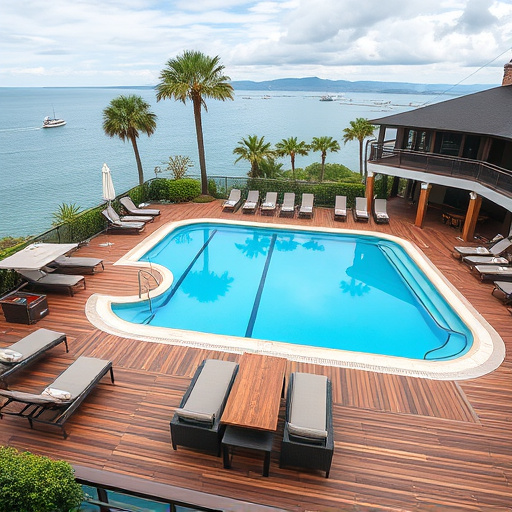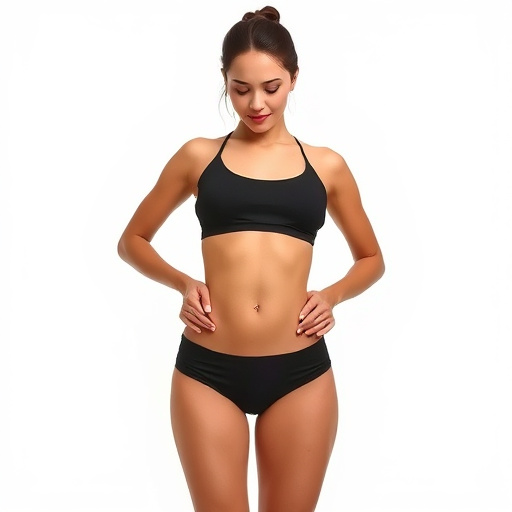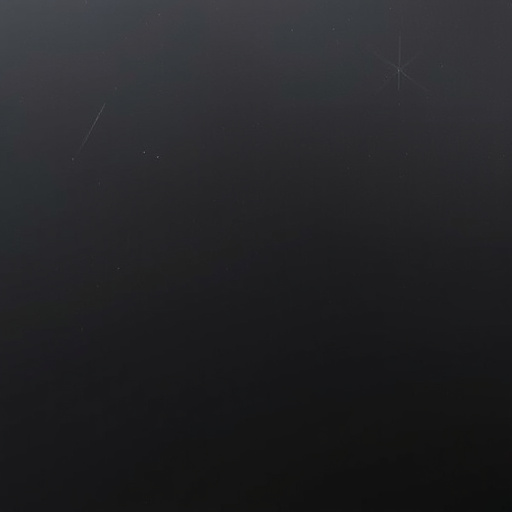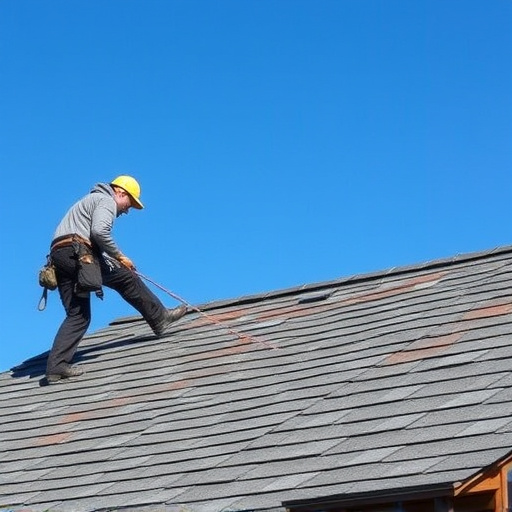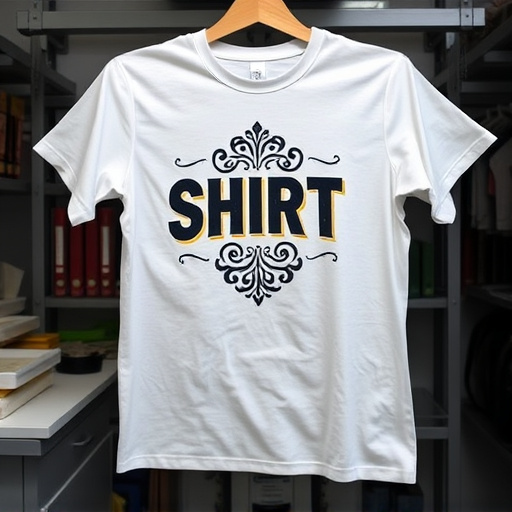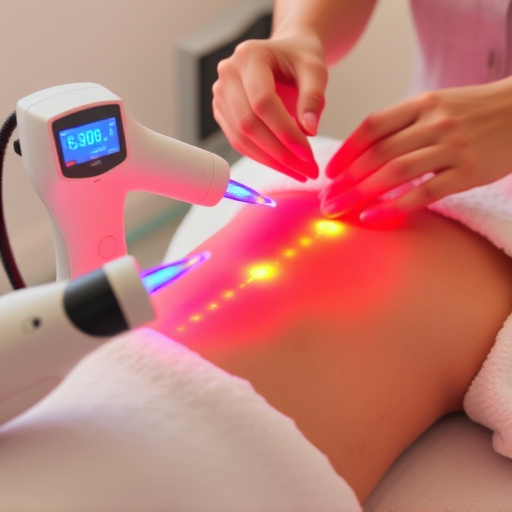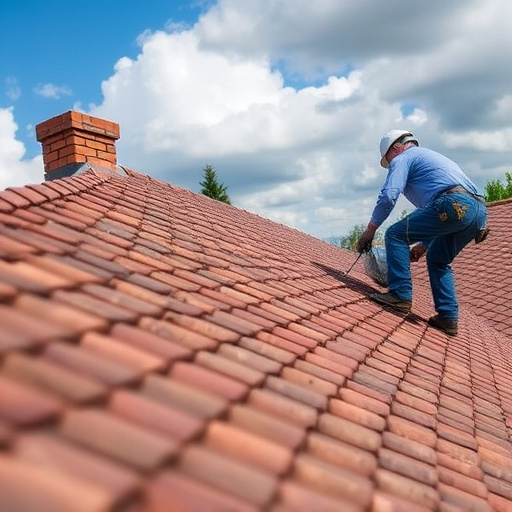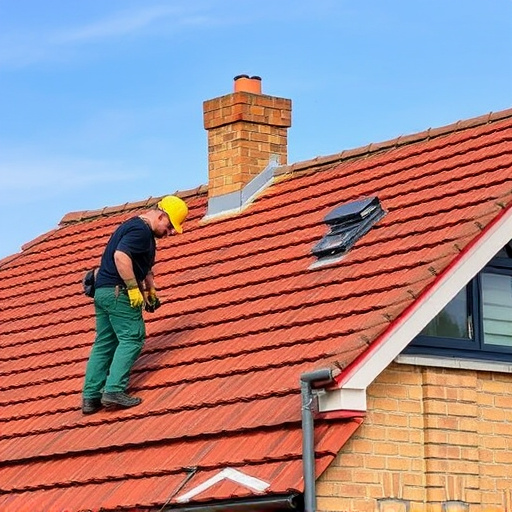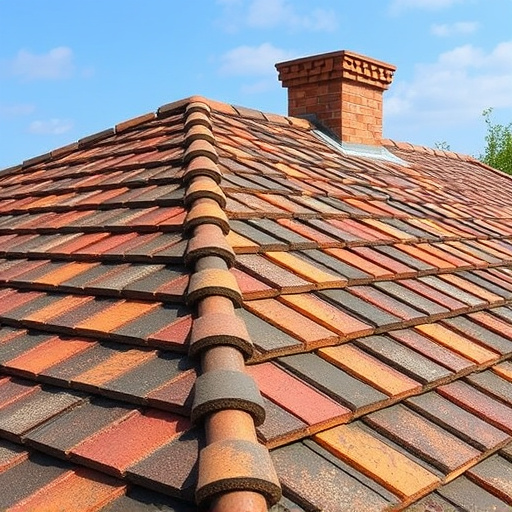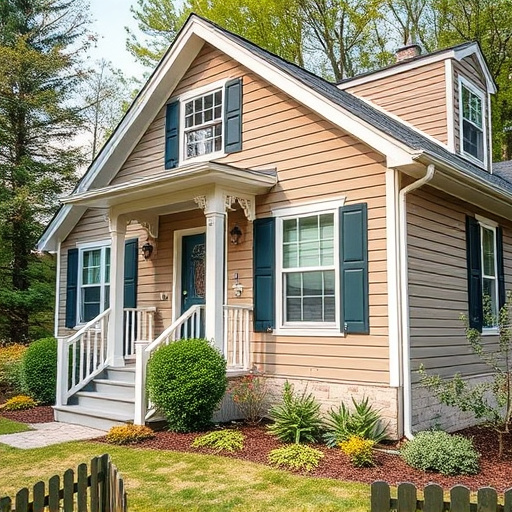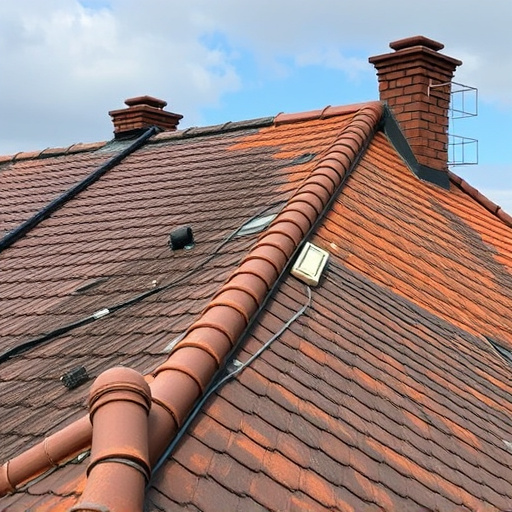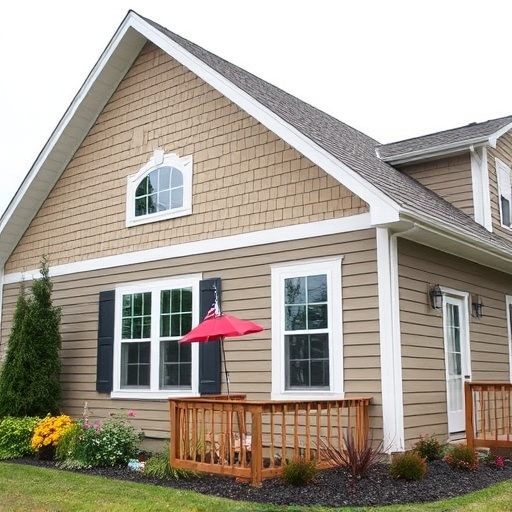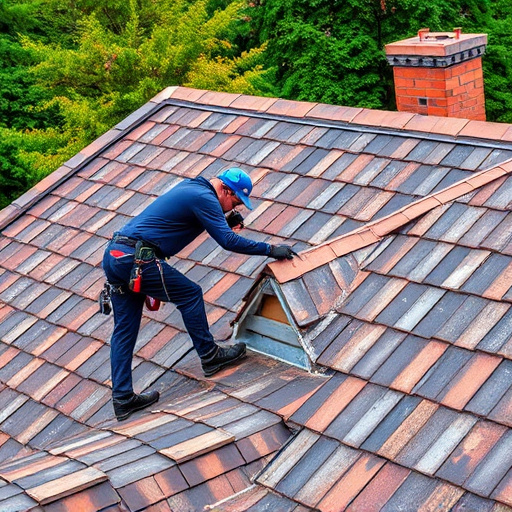Metal commercial siding offers exceptional longevity (over 50 years), superior durability against weather, corrosion & rust, and reduced maintenance needs compared to traditional materials like wood or vinyl. Its quick installation, minimal upkeep, and high recyclability make it a sustainable, cost-effective solution for businesses seeking energy efficiency and storm damage resilience while lowering replacement costs and waste generation.
Metal commercial siding systems offer a durable and low-maintenance option for buildings, providing an attractive alternative to traditional materials. This article delves into the pros and cons of metal siding, examining its longevity, installation ease, maintenance requirements, and cost-effectiveness. We also explore its energy efficiency benefits and environmental impact, offering insights for informed decisions in the commercial construction sector.
- Longevity and Durability: Metal's Strengths in Commercial Siding
- Installation, Maintenance, and Cost Considerations
- Energy Efficiency and Environmental Impact: A Green Perspective
Longevity and Durability: Metal's Strengths in Commercial Siding
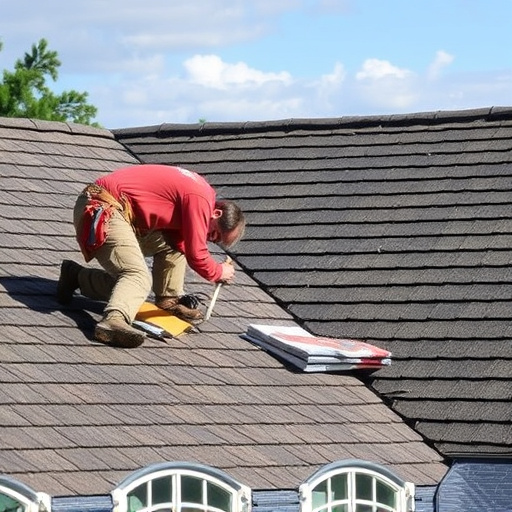
Metal commercial siding systems offer an impressive combination of longevity and durability, making them a top choice for many businesses. One of the primary strengths of metal as a material is its resistance to wear and tear, which significantly outpaces that of traditional materials like wood or vinyl. This resilience translates into a longer lifespan, often exceeding 50 years with proper maintenance. Moreover, metal siding is capable of withstanding extreme weather conditions, including high winds, heavy rain, snow, and even hail, without showing signs of damage. Unlike residential siding options, which may require frequent replacements due to decay or exposure, commercial metal siding remains sturdy and secure, reducing the need for costly and time-consuming siding replacement endeavors.
The durability of metal goes beyond its physical properties; it also offers a superior defense against corrosion and rust. Quality metal roofing and siding are coated with protective layers, ensuring they maintain their integrity even in humid or coastal environments. This longevity not only saves businesses money in the short term but also reduces their environmental footprint by decreasing waste from frequent roofing and siding replacements. With its durability and low maintenance requirements, metal commercial siding stands as a reliable and cost-effective solution for businesses seeking a robust exterior finish.
Installation, Maintenance, and Cost Considerations
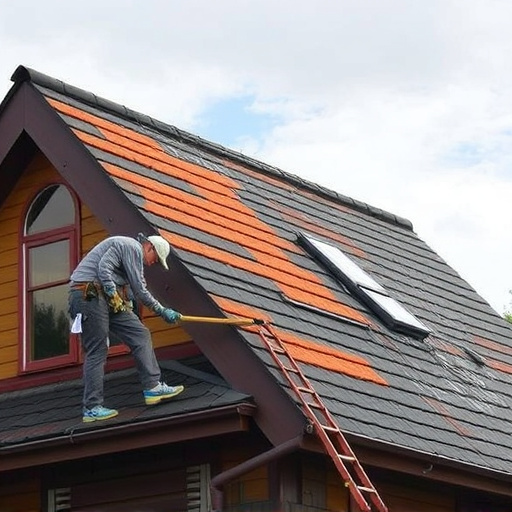
The installation process for metal commercial siding systems is often seen as a significant advantage. Compared to traditional materials, metal sidings can be quicker and easier to install, reducing construction time and potential delays. This efficiency doesn’t just save time; it also translates into lower labor costs, making metal siding a cost-effective roofing solution for businesses. Moreover, these systems are designed for durability and long-lasting performance, requiring minimal maintenance over their lifespan.
While the upfront investment in metal commercial siding may be higher than other roofing solutions, its longevity pays off in the long run. With proper care and occasional inspections, these sidings can withstand harsh weather conditions, ensuring your building remains protected. Unlike some materials that require frequent repairs or replacements, metal sidings offer peace of mind with their consistent performance. This low-maintenance aspect makes them an attractive option for businesses seeking reliable and affordable siding services.
Energy Efficiency and Environmental Impact: A Green Perspective
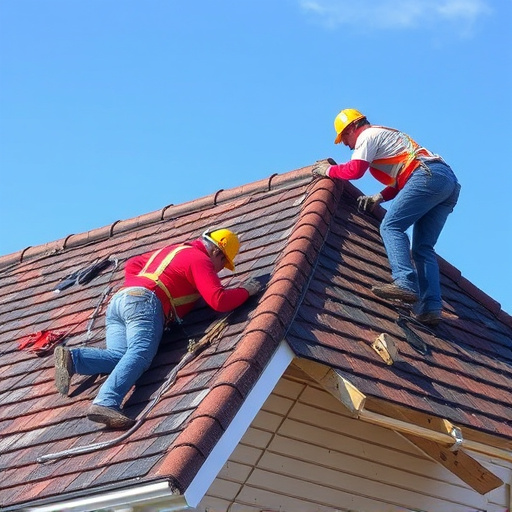
Commercial siding systems made from metal offer an intriguing blend of energy efficiency and environmental considerations that are increasingly important in today’s sustainable building landscape. Metal is a highly recyclable material, making it an attractive green option for roofing and siding. When properly installed, metal commercial siding can significantly reduce energy costs by providing excellent insulation and reflecting sunlight, thereby minimizing the need for heating or cooling. This not only benefits businesses from a financial perspective but also contributes to a reduced carbon footprint.
Moreover, when considering storm damage repair or complete re-sidings, metal offers durability that withstands harsh weather conditions. Its longevity reduces the need for frequent replacements, further lowering environmental impact by minimizing waste generation associated with manufacturing and disposal of new materials. This durable nature also translates into lower maintenance costs for building owners over time.
Metal commercial siding systems offer a durable, energy-efficient option for buildings, with longevity as one of its key advantages. However, installation costs can be higher, and regular maintenance is necessary to prevent damage from weather and pests. Despite these maintenance requirements, metal siding contributes positively to the environment by reducing energy consumption and offering a recycled material option. When considering commercial siding, weighing these pros and cons will help businesses make an informed decision tailored to their specific needs.
